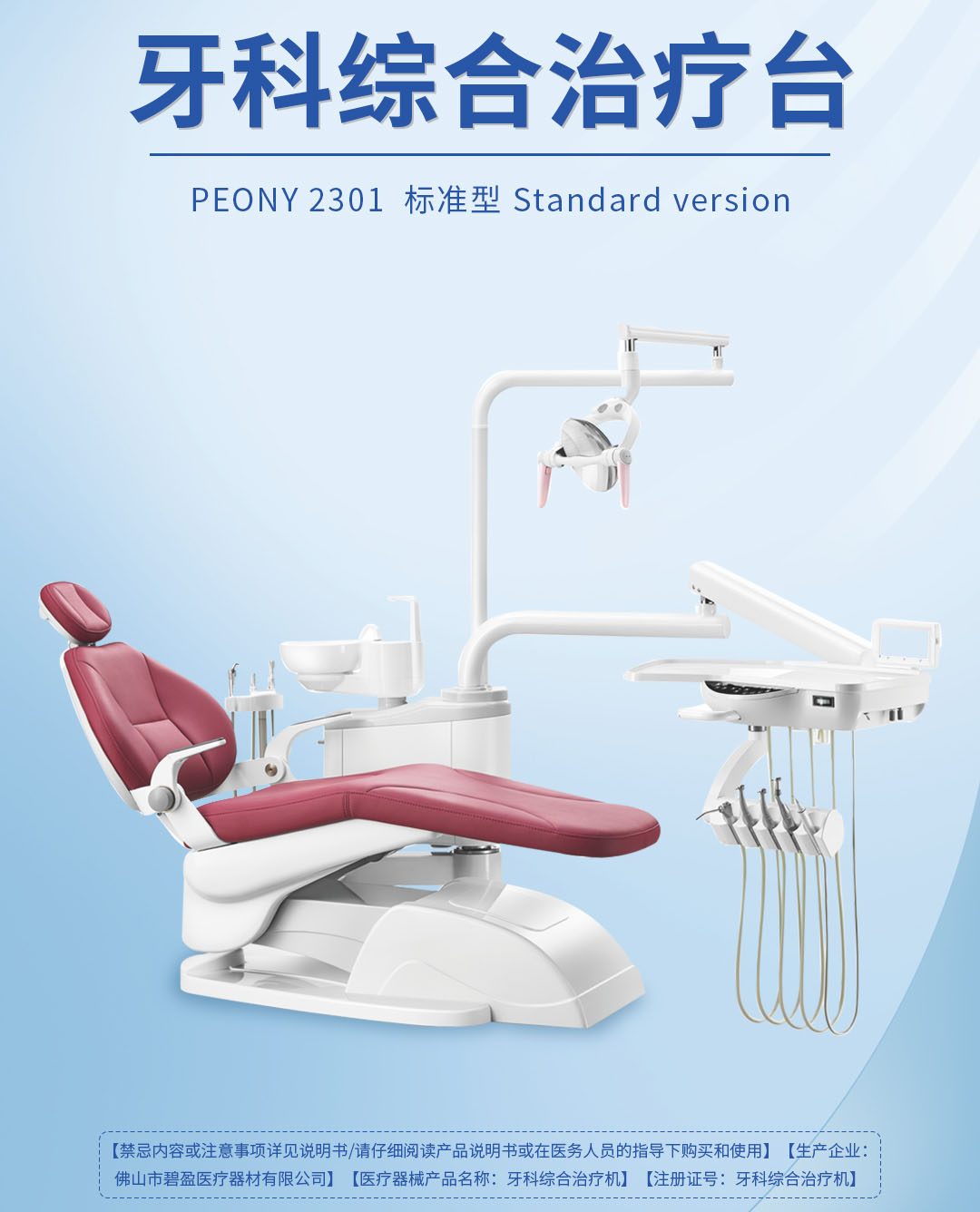IMS Health:2014年全球医药市场将突破1万亿美元
- 互联网2013年11月20日 18:44 点击:3047

IMS Health:2014年全球医药市场将突破1万亿美元
Growth Expected to Accelerate from Low Point in 2013
To 5-7 Percent in 2017; Rising Number of Innovative New Drugs Expected
To be Approved Over Next Five Years
PARSIPPANY, NJ, November 19, 2013 – Greater access to medicines by the world’s rapidly expanding middle class, together with stronger economic prospects in developed nations, will bring total spending on medicines to the $1 trillion threshold in 2014 and to $1.2 trillion by 2017, according to new research released today by the IMS Institute for Healthcare Informatics.
The report, The Global Use of Medicines: Outlook through 2017, found that growth in global spending on medicines increased 2.6 percent to $965 billion in 2012, and is forecast to grow at a 3-6 percent compound annual rate over the next five years. With new product launches dominated by innovative specialty medicines, particularly for the treatment of cancer, payer concerns about rising costs for these drugs will intensify in both developed and pharmerging markets. Spending on specialty medicines is expected to reach $230-240 billion in 2017, up 38 percent from the $171 billion spent in 2012.
“As we pass the fifth anniversary of the global economic slowdown, and with many countries moving toward universal health coverage, we expect to see continued divergence in growth rates between the pharmerging and developed markets,” said Murray Aitken, executive director of the IMS Institute for Healthcare Informatics. “Austerity measures aimed at medicine budgets along with the growing availability of lower-cost generics will lead to annual spending growth of 1-4 percent among the markets of North America, Europe and Japan. In contrast, pharmerging nations will experience 10-13 percent spending growth overall – the result of economic expansion, changes in epidemiology and demographics, and greater government and private insurance funding for healthcare.”
In its latest report, the IMS Institute highlights the following findings:
- Structural changes within healthcare systems globally are creating divergent trends. In the U.S., uncertainties with the implementation of the Affordable Care Act could result in a number of potential outcomes, ranging from: disparate enrollment levels of uninsured and under-insured populations; the extent to which there is a shift in focus on preventive medicines versus acute care; changes from fee-for-service to performance/outcomes-based payment models; and the degree of cost shifting to patients via higher deductibles and/or co-pays. With the aging population in Japan driving a rapid increase in demand for medicines, the government there has recently mandated that 60 percent of all prescribed off-patent drugs are to be dispensed as generics by 2018 – an action that would double current levels and is unprecedented in any country. In Europe, patients’ ability to utilize innovative medicines will be influenced by the impact of potential new austerity measures and the extent to which countries generate savings through greater use of generics. China, in the midst of a massive expansion of its healthcare system, will transform the medicines market with its goal of universal coverage by 2020; the country will represent 34 percent of total growth in global medicine spending over the next five years.
- A gradual increase in global medicine spending growth will unfold during the next five years, but remain at modest levels. Annual growth in spending is expected to rise from 2-3 percent in 2013 to 5-7 percent in 2017, the highest pace of growth since 2009. The single largest impact on growth levels is the continuing echo effect of many blockbuster drugs coming off patent – making way for lower-cost generic alternatives. In addition, the gradual return of global GDP growth to 4+ percent by 2017 will be a key contributing factor to the upward trajectory in medicine spending levels.
- Specialty and biologic segments of branded medicines will outpace overall spending growth. Specialty medicines – typically biologics that are used for conditions requiring complex treatment – will be the single largest contributor to branded drug spending growth through 2017. Most access to these drugs occurs in developed markets, where spending is expected to increase by 30 percent over the next five years, to $190-200 billion. In pharmerging markets, the use of specialty medicines is limited, but spending is expected to rise by nearly 90 percent through 2017, to $40-50 billion annually.
- An average of 35 new medicines with the potential to transform disease treatments is forecast to be launched annually. An increasing number of New Molecular Entities (NMEs) is expected to be approved over the next five years, similar to the levels seen in the mid-2000s. The majority of new launches will address unmet needs in specialty disease areas, orphan diseases and small patient populations, including medicines that could transform treatments in rheumatoid arthritis, cystic fibrosis and several tumor types. Recent and near-term launches of new medicines primarily address the disease profiles of patients in high-income countries. While a growing number of these conditions are also prevalent across the globe, several of the most burdensome have few new treatment options, including malaria, neonatal sepsis and tuberculosis.
The full report, including a detailed description of the methodology, is available at www.theimsinstitute.org. It can also be downloaded as an app via iTunes at
https://itunes.apple.com/app/ims-institute/id625347542. The study was produced independently as a public service, without industry or government funding.
About the IMS Institute for Healthcare Informatics
The IMS Institute for Healthcare Informatics provides key policy setters and decision makers in the global health sector with unique and transformational insights into healthcare dynamics derived from granular analysis of information. It is a research-driven entity with a worldwide reach that collaborates with external healthcare experts from across academia and the public and private sectors to objectively apply IMS Health’s proprietary global information and analytical assets. More information about the IMS Institute can be found at: http://www.theimsinstitute.org.
About IMS Health
IMS Health is a leading worldwide provider of information, technology and services dedicated to making healthcare perform better. By applying cutting-edge analytics and proprietary application suites hosted on the IMS One intelligent cloud, the company connects more than 10 petabytes of complex healthcare data on diseases, treatments, costs and outcomes to enable our clients to run their operations more efficiently. Drawing on information from 100,000 suppliers, and on insights from more than 40 billion healthcare transactions processed annually, IMS Health’s 9,000+ expert resources drive results for over 5,000 healthcare clients globally. Customers include pharmaceutical, medical device and consumer health manufacturers and distributors, providers, payers, government agencies, policymakers, researchers and the financial community. Additional information is available at www.imshealth.com.
联系邮箱:kefu@labbase.net
版权与免责声明
- 凡本网注明“来源:来宝网”的所有作品,版权均属于来宝网,转载请必须注明来宝网, //www.next-search.com,违反者本网将追究相关法律责任。
- 本网转载并注明自其它来源的作品,目的在于传递更多信息,并不代表本网赞同其观点或证实其内容的真实性,不承担此类作品侵权行为的直接责任及连带责任。其他媒体、网站或个人从本网转载时,必须保留本网注明的作品来源,并自负版权等法律责任。
- 如涉及作品内容、版权等问题,请在作品发表之日起一周内与本网联系,否则视为放弃相关权利。







